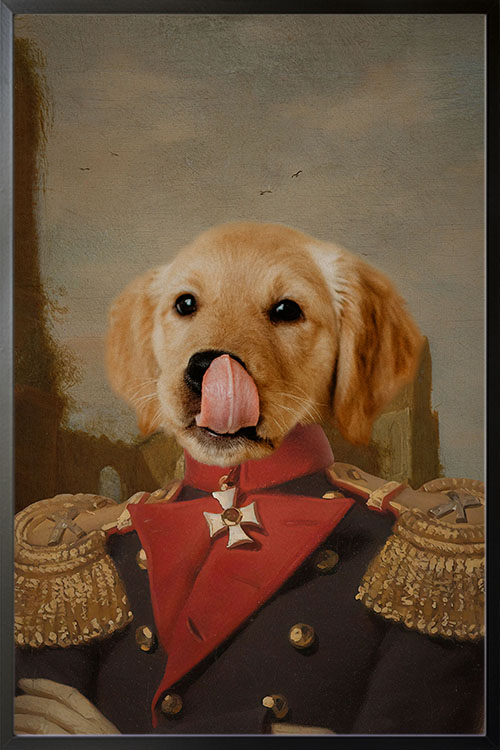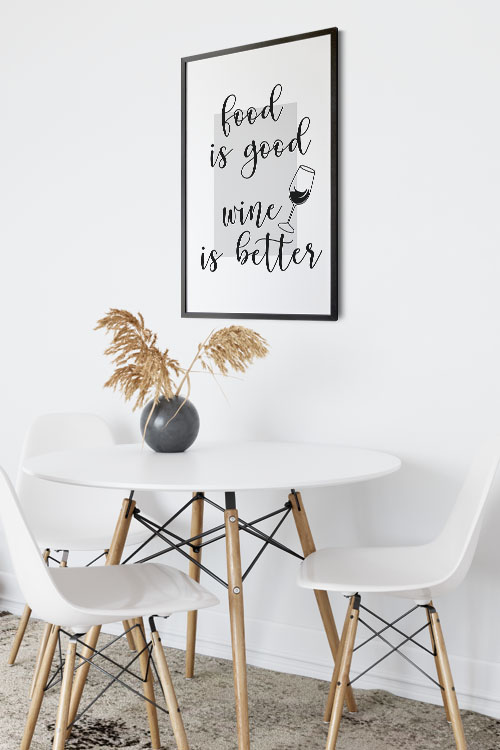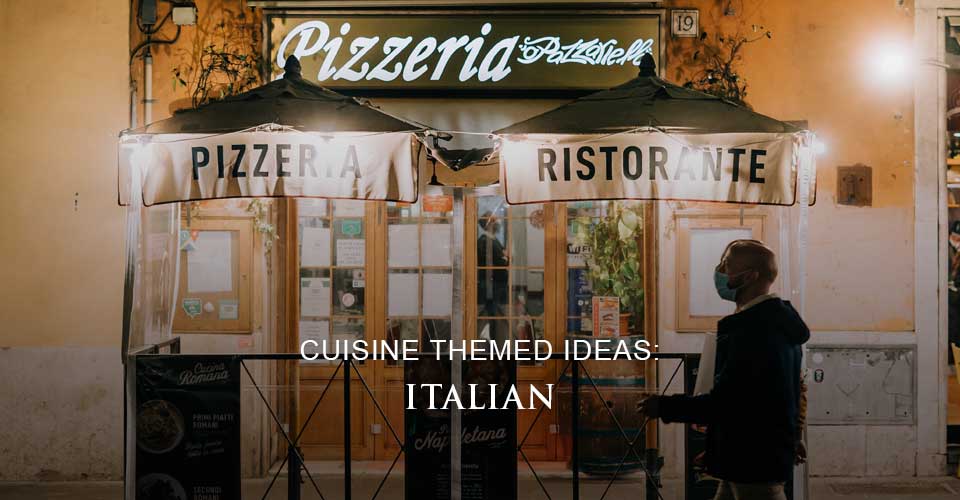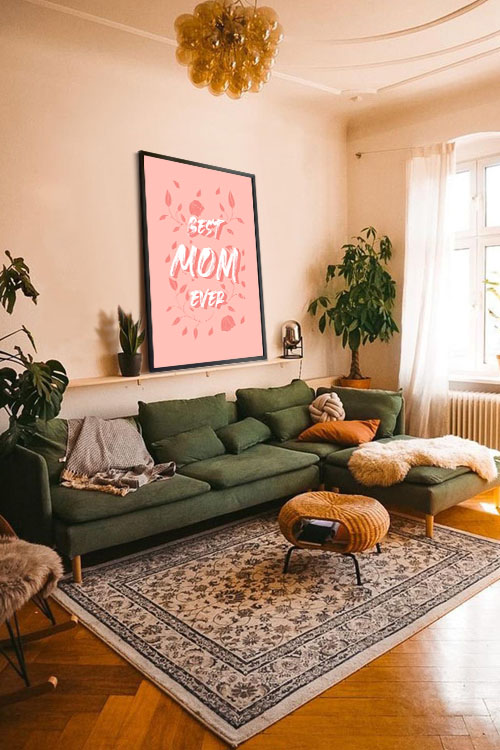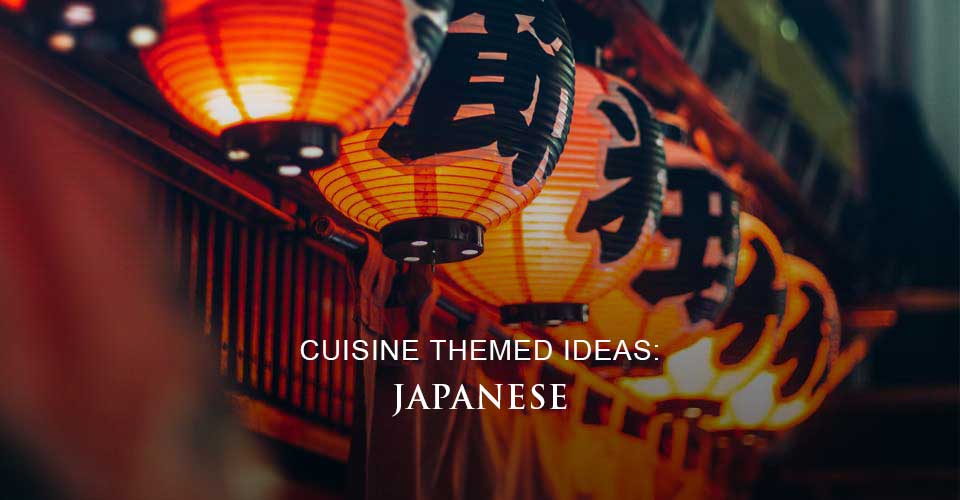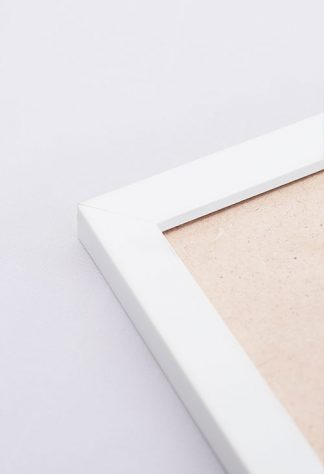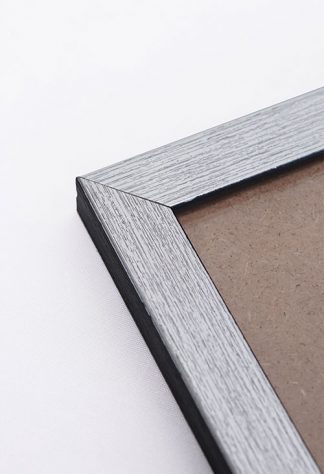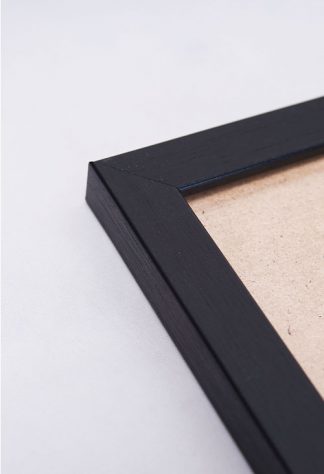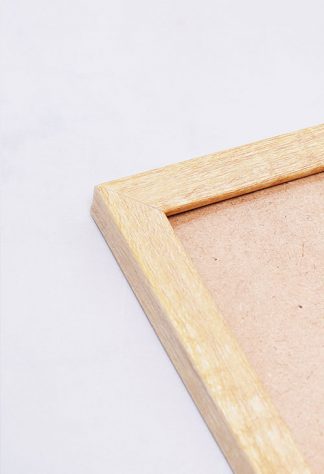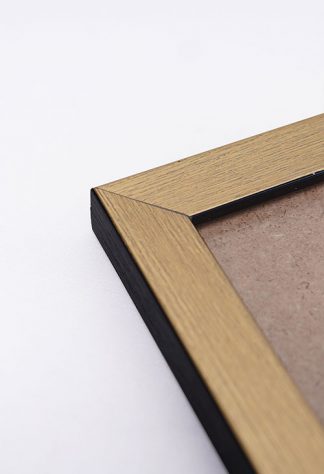First impressions last forever. Choosing a suitable color scheme for the hallway is just as important as picking the colors for the bedroom. If you are planning to liven up the hallway, then this article will be of great help. Read on and know the perfect scheme that will boost the overall appearance of your hallway.
Why add colors in the hallway?
A beautifully designed hallway sets the tone for the rest of the house and introduces your own interior style for everyone to see. The hallway is the first part of the house that your guests will encounter. It is just right to see the area with attractive colors that will impress anybody.
Colors to add in the hallway
When it comes to the colors of paint, you can be brave and bold or choose to be subtle with soothing colors. Neutral colors can make your hallway light and spacious. You may consider light shades of yellow, green pink, and blue pastels to make the hallway look cheerful. If you want to be safe, shades of gray will create timeless beauty.
Try to be bold with colors
If you want to give a lasting impression, then be brave with the color combinations and patterns to add to the hallway walls. Add yellow if you want to give a summer vibe. Pair this color with black for a stunning result. The flooring likewise needs something to inspire your guests. A patterned floor works well as it highlights that area of the house.
Bold colors up to your waist
Divide your walls into two by using a heavier accent color on the lower portion of the wall leaving the top in a bright white. The balance of colors can help prevent overwhelming feelings. Waist-level wall color can add vibrancy and a different perspective, making the space feel bigger.
The woodwork in contrasting colors
Want to have a modern-looking hallway? Pick woodwork on a staircase in a bold contrast color. This will certainly make that part of the house stylish, especially with black wood stains.
Mix and match complementary colors
Try to experiment with colors and the hallway is the best place to start this. For instance, combine colors that are opposite to each other in the color wheel. With these, you will be able to prove to yourself and others that opposites attract.
A blue entrance for a refreshing vibe
Many homes have small and narrow hallways. It is often imagined to be lacking in space and light. However, the vibe can be changed with the use of a lighter shade of blue. Paint the door, ceiling, and walls with this shade and evoke comfortable feelings. In addition to these, the hallway will also have a coastal appeal that can be seen in many restaurants and other establishments.
Dark colors for a sophisticated look
Dark walls are not to be afraid of. In fact, dark walls evoke a classic and sophisticated appeal that is loved by many. Especially if natural light is present, the effect is simply amazing. To prevent the dark walls from being too overwhelming, add decors such as posters and collectibles.
Introduce fun and friendly accents
Use a versatile mix of color, patterns, and accessories. Sometimes a plain wall is fine but with the addition of accents at least. These may be any furniture pieces, collectibles, framed art, or personalized posters. Not only that these items add beauty, but they can also boost the overall appearance of the space.

